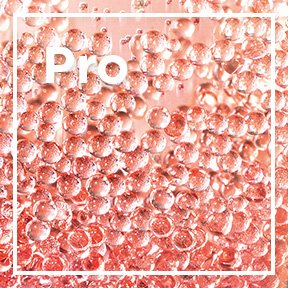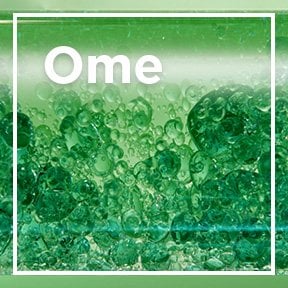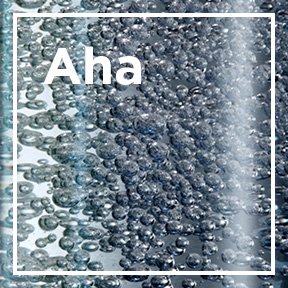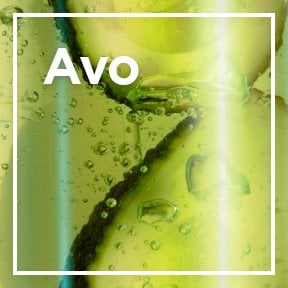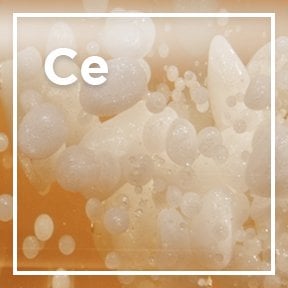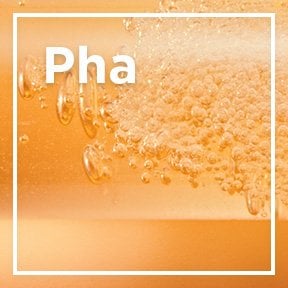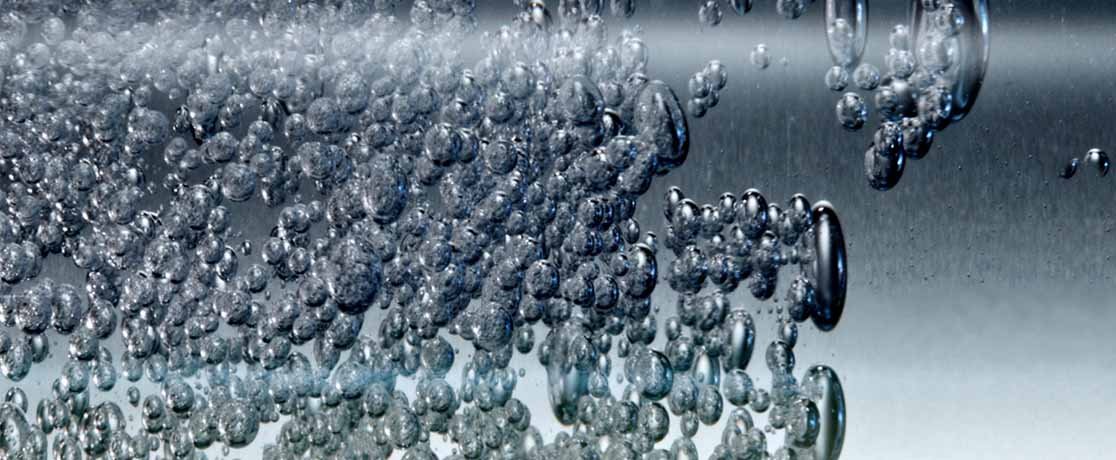
More about BHA Salicylic Acid
That is, of course, aside from salicylic acid. An ingredient that’s raved about by dermatologists, it’s one that should be considered a staple in every oily-skinned person’s routine – and if it’s not, let us be the ones to explain why exactly it’s so well loved and how it works for skin.
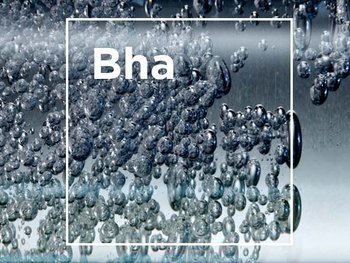
Our products containing BHA Salicylic Acid
Our products containing BHA Salicylic Acid

Pure Active AHA+BHA Charcoal Anti-Blemish Serum 30ml
What is salicylic acid?
Part of exfoliating and keratolytic family, salicylic acid is a BHA (beta-hydroxy acid). Unlike alpha hydroxy acids (AHAs, like glycolic and lactic acid), it is oil soluble, which means it can get much deeper into the pores in order to help to clear them out and unclog them.
How does salicylic acid exfoliate skin?
Salicylic acid acts specifically on structures responsible for cellular cohesion in the stratum corneum. It causes their complete breakdown, inducing exfoliation of superficial cells in the corneal layer. And it penetrates into the pores of the skin to dissolve dead skin cells and flaky skin that has built up on the surface of the skin and caused clogged pores. Salicylic acid also helps to remove dirt, impurities, and grime that has built up on the skin's surface so that pores can remain clear.
What does salicylic acid do for skin?
Salicylic acid can penetrate right down into the pores and that’s why it’s so good at helping to clear blackheads and imperfections, as well as working to help reduce overall sebum production – something which also helps prevent future breakouts.
What skin type is salicylic best for?
Although salicylic acid does have benefits for most skin types – like improving overall texture and tone – it’s best used by those who are on the oilier and blemish-prone side of the spectrum, or for anybody with clogged or enlarged pores. Salicylic acid can also be found in formulas suitable for sensitive skins.
Is salicylic acid safe for your skin?
The concentration of salicylic acid is optimized in our formulas to limit skin dryness. And it can be found in many formulas suitable for sensitive skins. When first used, it is not uncommon to feel a slight tingling sensation, and the skin may peel, redden or dry out. This is perfectly normal, although it may be helpful to reduce the treatment frequency during the first applications, to give the skin time to adapt. Like all our formulas, those containing salicylic acid are systematically subject to strict evaluation of their quality and safety.
Discover our many other ingredients
Choose an ingredient on the mosaic or using the search bar

